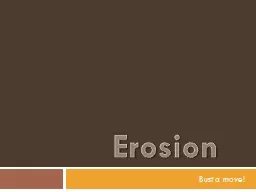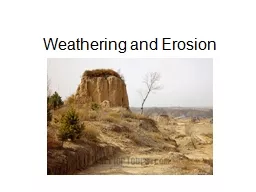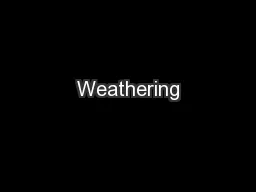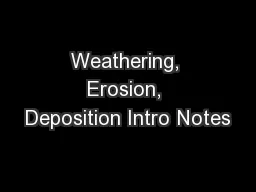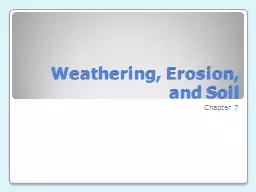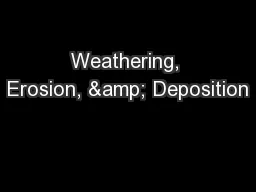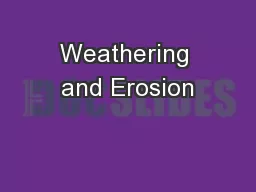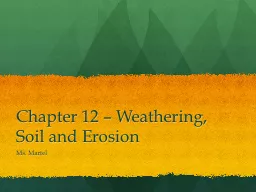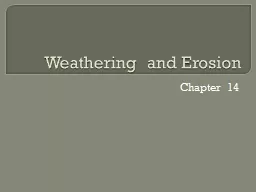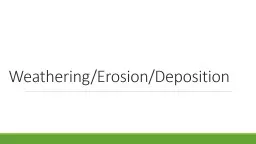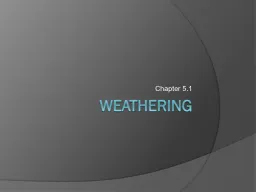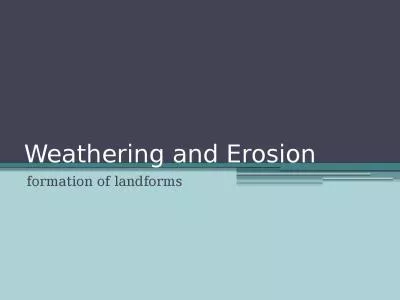PPT-Weathering and Erosion Chapter 5
Author : eliza | Published Date : 2023-10-28
Lesson 3 Please Do Now Looking at this picture what do we think caused this boulder to break apart Please write down your thoughts If you get the correct answer
Presentation Embed Code
Download Presentation
Download Presentation The PPT/PDF document "Weathering and Erosion Chapter 5" is the property of its rightful owner. Permission is granted to download and print the materials on this website for personal, non-commercial use only, and to display it on your personal computer provided you do not modify the materials and that you retain all copyright notices contained in the materials. By downloading content from our website, you accept the terms of this agreement.
Weathering and Erosion Chapter 5: Transcript
Download Rules Of Document
"Weathering and Erosion Chapter 5"The content belongs to its owner. You may download and print it for personal use, without modification, and keep all copyright notices. By downloading, you agree to these terms.
Related Documents


